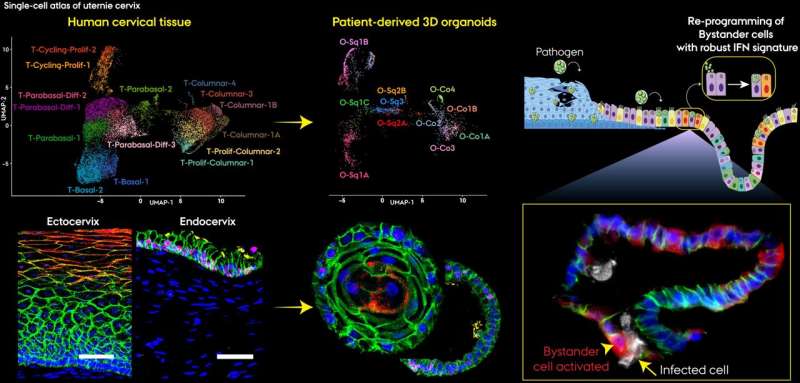Using patient-derived 3D mini-organs, so-called organoids, and single-cell mapping technologies, the team has, for the first time, shown how distinct epithelial cell types in the cervix detect, respond to, and help neutralize infections.
Importantly, the study demonstrates that these organoids faithfully recapitulate native human cervical tissue at single-cell resolution, making them powerful discovery platforms for infections, cancer and regenerative biology.
“We’ve demonstrated that the cervix is not just a physical barrier but a truly immunocompetent tissue that orchestrates complex defense mechanisms,” says Chumduri, associate professor at the Department of Biological and Chemical Engineering at Aarhus University.

